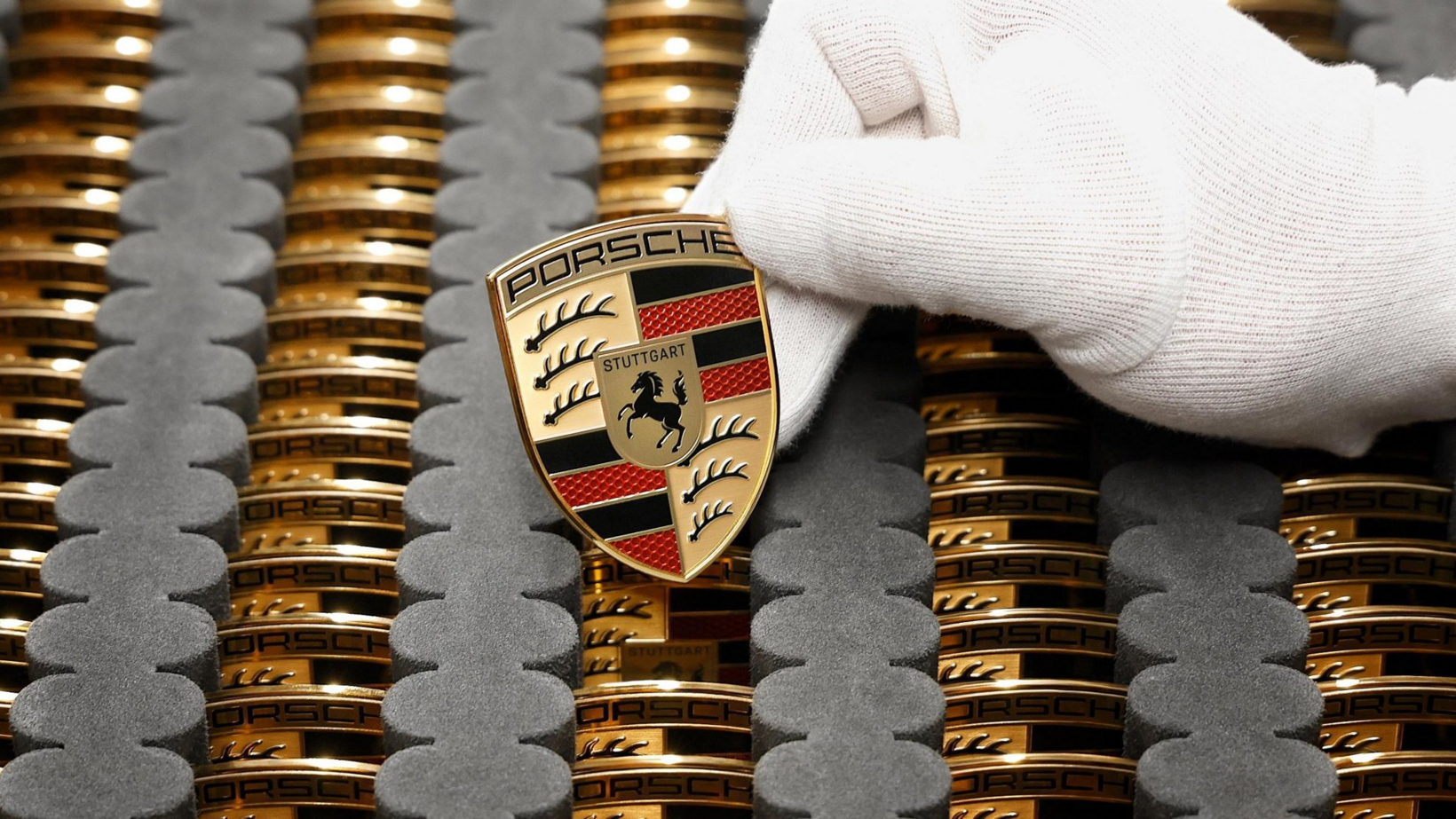On July 30, Porsche announced its financial results for the first half of 2025, reporting sales revenue of €18.16 billion, a 6.7% decrease from €19.46 billion in the same period last year. Operating profit plummeted by 67% to €1.01 billion compared to €3.06 billion a year earlier, with an operating profit margin of 5.5%, down from 15.7% last year. Porsche attributed the decline to factors such as increased tariffs in the U.S. and updates to its product line. In the first half of this year, Porsche delivered 146,391 vehicles globally, a 6.1% year-on-year decrease, with electric models accounting for 36.1%, including 23.5% fully electric vehicles and 12.6% plug-in hybrids. The U.S. government's 15% tariff on European imports has added significant pressure, leading Porsche to revise its performance expectations for the third time this year. The company stated that the operating profit margin for 2025 could drop to 5%, down from a previous target of at least 6.5%. The lowered expectations reflect the impact of U.S. tariffs and approximately €1.3 billion ($1.5 billion) in costs related to brand strategy adjustments. Porsche's CEO, Oliver Blume, stated, "We continue to face significant global challenges, which are not just short-term fluctuations. The global landscape is undergoing fundamental changes, which means that some strategic decisions made years ago are no longer applicable today, prompting our fundamental development of Porsche. Our newly revamped product lineup has received positive customer feedback, and we expect to see a resurgence in positive performance growth starting in 2026." Investors had anticipated the profit revision, leading to a 4.1% rise in Porsche shares during early trading on July 30. However, the company’s stock price has fallen by 21% this year. Porsche is currently dealing with various pressures, including weak demand for electric models and declining sales in China, compounded by U.S. tariffs. The company is restructuring through changes in upper management, further cost reductions (including layoffs), and increasing the production of gasoline and plug-in hybrid models. Recently, the U.S. agreed to lower tariffs on EU imports to 15%, still significantly higher than the 2.5% level before the trade tariff initiatives. The U.S. has recently surpassed China to become Porsche's largest single market, but the company has no factories in the U.S., with all cars sold in the market imported from Europe. When discussing strategies to respond to U.S. tariffs, Porsche CFO Jochen Breckner noted that prices in the U.S. market were raised by 2.3% to 3.6% in July. Breckner added that there are currently no plans to establish a production base in the U.S. to avoid tariffs, but the company is evaluating the situation. Regarding any specific agreements with the U.S. government to further reduce trade barriers, Porsche's CEO Oliver Blume agreed with Mercedes-Benz CEO Ola Kaellenius that such a scenario is unlikely. In February, Porsche announced plans to cut 1,900 jobs over the next four years, but stated that there would be no forced layoffs due to a job security agreement effective until 2030. However, Porsche indicated that management is "steadfastly advancing broad company restructuring and reform measures," with negotiations with employee representatives set to begin in the second half of the year.
Porsche Reports Significant Profit Decline Amid U.S. Tariffs and Market Challenges

Share this post on: